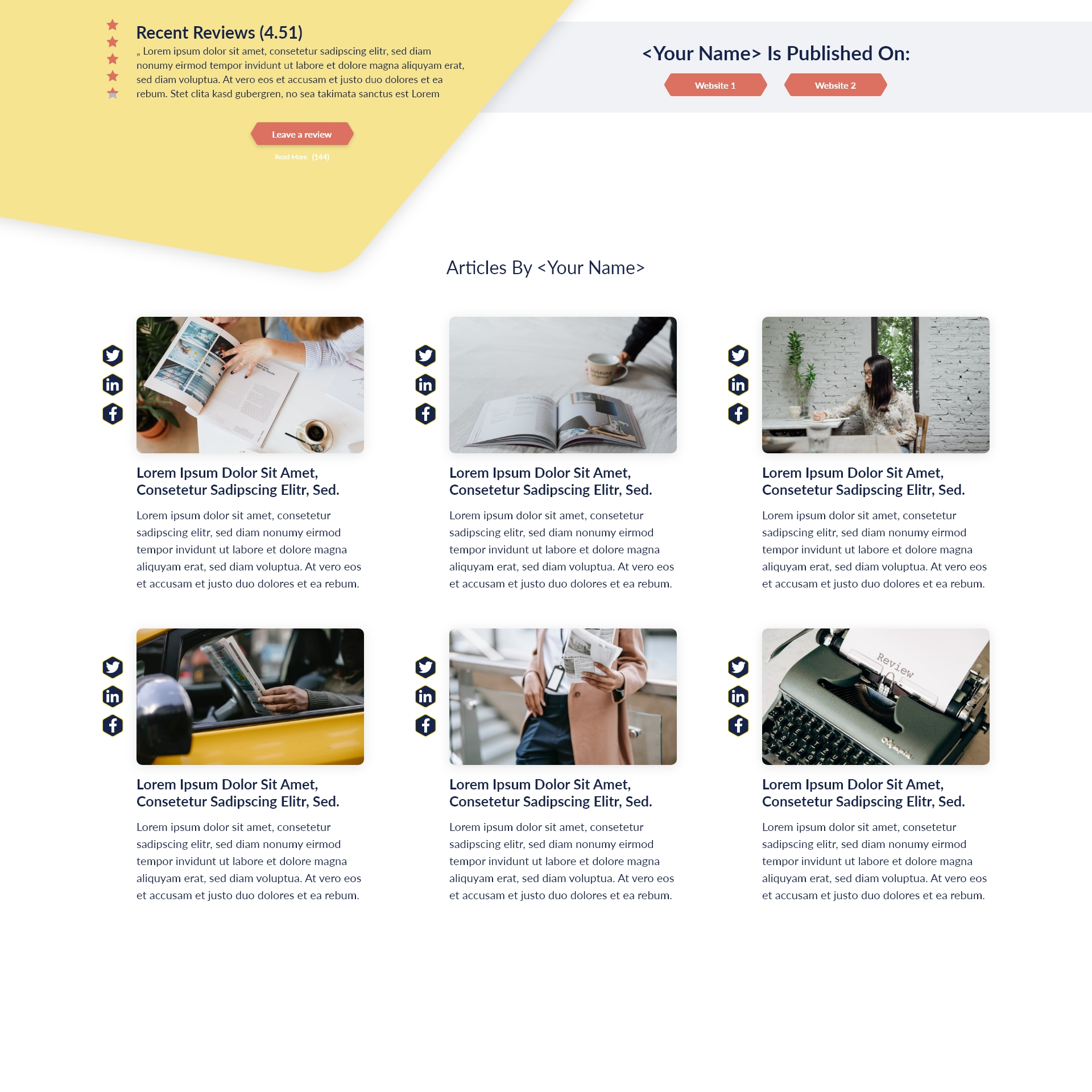The tone for an entire organization hinges upon leadership alone. To increase positivity in your company’s culture, the administration must uphold their company values rather than state them. By following specific strategies, you can materialize the company culture you crave in an environment where personal values align with those at work. How would you, as a leader, accomplish this goal?
Shaping company culture requires leaders to begin listening to their employees, communicate values, promote mindfulness, admit their failures, and hold themselves accountable (as well as others). It starts at the top. To begin, we must define the ideal type of leadership before moving on to detailed strategies behind unique work cultures.
Are You Leadership Material?
An individual in charge of other employees is considered a leader. This type of leader, even on the lowest level, maintains the responsibility for upholding company values and plays a role in company culture development. Additionally, lower-level managers must know how to take guidance and criticism from the leadership above them, thereby setting an example for their team.
There are quite a few styles of leadership that differ from one company to the next. How a leadership style operates depends on various factors, especially if they are required to set a solid daily example. Whatever the circumstance, expectations from and of leadership have a substantial impact on company culture overall. This method works according to the trickle-down effect, wherein department heads influence those below them, from managers to supervisors. For this reason, executives must strive to grasp their impact on every essential employee and manager if they expect to lead effectively.
Begin by Listening
Company culture is affected by leadership in a top-down style that plays a role in the work life of every individual within their employ. Treating your employees equally and showing their opinions hold value will improve their idea of you more than anything else. Simply avoiding the common pitfalls associated with viewing employees by their job titles alone is a good start. Another suggestion would be to create a comfortable environment for sharing thoughts and concerns. However, from the lowest employee to department heads, leadership should thoroughly understand active listening and ensure employees feel heard. This degree of listening may come from requesting feedback through emailed surveys or asking people to speak on their concerns in a meeting.

Communicate Values
Knowing your values is not enough to improve company culture or employee morale. You must be capable of clearly defining the message behind your company and what drives your work. For example, how you differ from competitors may be something that sets you apart from similar companies. Your leadership style, ideal candidates, and motivation behind your team or leadership are just a few examples of your driving values that may be defined by your leadership, employees, and current or potential customers.
What does your ideal work environment look like? Would it nurture and motivate your perfect candidate, or do you have some work to do in getting there? By clearly defining your values based on mutual respect, understanding, and the value of your services/products, you are poised to communicate the drive behind your company. Then, take it further by publishing these values on the company website and continue promoting them through marketing materials and meetings. Plus, by keeping everyone on the same page, you will increase the effectiveness of your values and the company.
Promote Mindfulness
The act of mindfulness has become somewhat of a buzzword, as many people began enjoying the benefits of this practice a few years ago. From employees to the CEO, mindfulness should be promoted to every individual within your company. A mindful leader can set the tone for greater acceptance, empathy, and a greater level of understanding as the expectation for an entire company. By working to become a more understanding individual as a leader, your actions and words significantly impact the culture at work.
When someone is in a state of mindfulness, they are aware of the present and act in a non-judgmental way to others, as well as themselves. This practice enables individuals from all walks of life to lead in an empathetic, compassionate manner by creating a space catered to evaluating the present rather than worrying over what’s to come. This practice not only lowers stress but also prevents overreactions in tense situations.

Admitting Failures
Shaping positive company culture is more than creating a comfortable environment where people listen and feel heard. There are serious challenges to overcome both as a leader and team; sometimes, this involves mistakes and failure. Looking the other way in the face of a major misstep is the fastest way to impart a sense of untrustworthiness to every single member of your team. So when something doesn’t go as planned, your best bet is to become directly involved (even when you aren’t at fault), identify how you could remedy it, and, when applicable, admit your mistakes.
Leaders maintain a certain level of responsibility and, as such, should be well-versed in admitting their own mistakes and failures. Doing so ensures your team feels confident in taking risks without fear of punishment or chastisement should they fail. Furthermore, in admitting your shortcomings, your integrity will enable the company to operate efficiently on your mindset.
Holding Yourself Accountable
Your company should promote accountability across the board, from all levels of management down to the lowest employee. By doing so, you will promote the message that your company values employee feedback and can admit their own mistakes. Additionally, defining individual rules throughout employee structuring enables them to visualize how their role plays a part in the bigger picture. This further increases accountability, regardless of whether the company’s values are first and foremost in its mind.
You can further enforce accountability by setting clear goals for individual teams and the company. Employees are poised to hold themselves to a specific standard by regularly evaluating processes and setting benchmarks. And, when a team fails to reach its goal, leadership should be the first in overall accountability. However, you must ensure you play a role in the solution rather than being a simple rule enforcer. This means the whole company should feel the impact should an employee fall behind or start to struggle.







